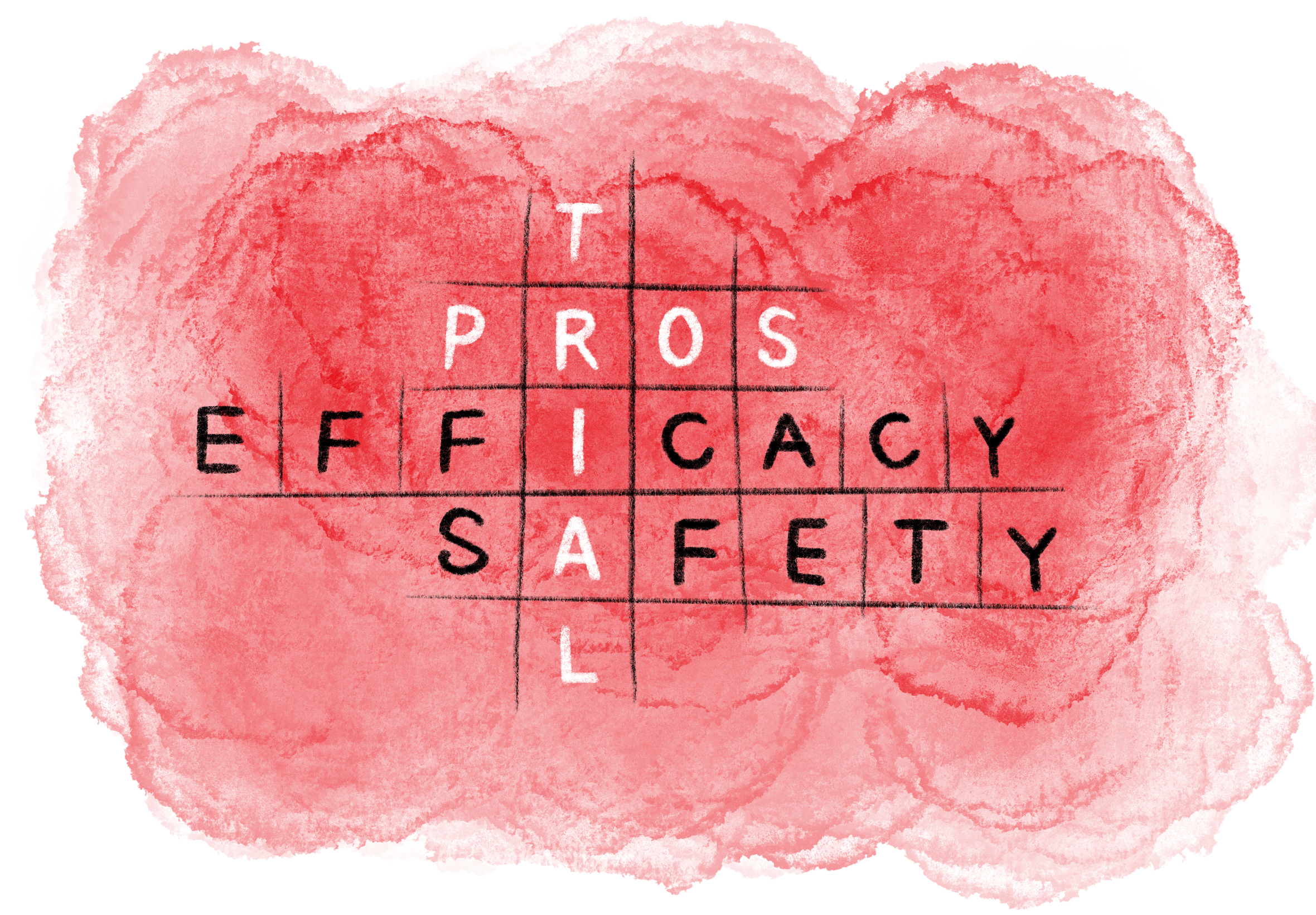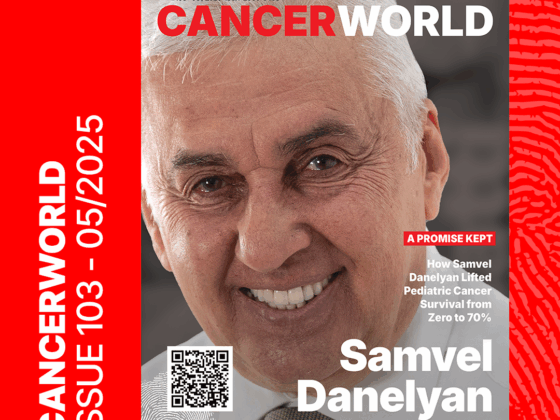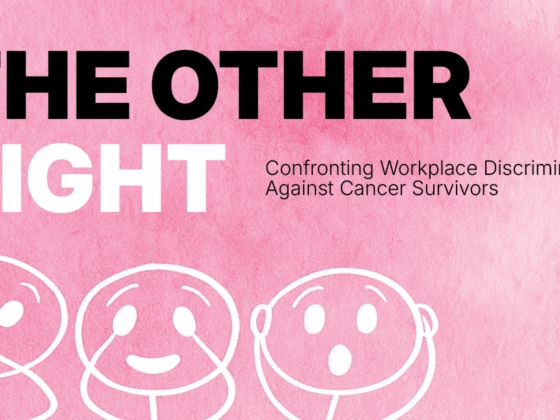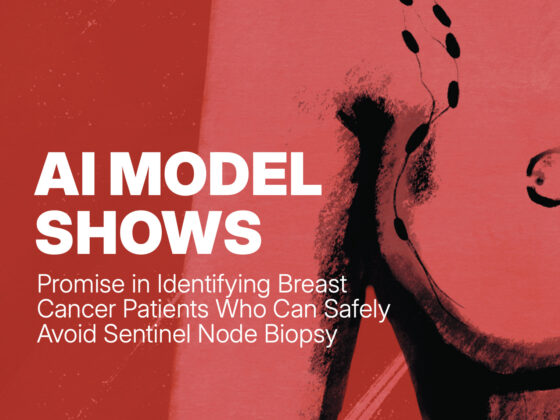If drug developers design trials to measure how well their drug addresses the issues most important to the target patient community, we could expect to end up with better drugs. Integrating patient-reported outcomes into clinical trials is the way to do that. Cancerworld journalist, Manuela Campanelli asks why that isn’t happening, and what has to change.
It’s more than 15 years since the concept of ‘patient-reported outcomes’ gained widespread recognition within the medical community as the gold standard for measuring the impact of new treatments on different aspects of patients’ quality of life. Yet gathering information from patients is still not a routine part of new drug development and approval. It remains more of an add-on, if it happens at all – something done after a new drug has already been approved, as part of the health technology assessment (HTA) process, or within the academic community to help inform clinical decision making.
Integrating patient-reported outcomes (PRO) measures into clinical trial protocols, alongside safety and efficacy metrics, could ensure a stronger focus on outcomes that matter most to patients at every stage of the clinical drug development, regulatory approval and health technology assessment (HTA) processes. It would also speed up patient access to new treatments. So why is it not happening?
To address that question, last year the European regulators, the EMA, and Europe’s largest not-for-profit independent cancer clinical research organisation, the EORTC, brought together pharma, advocates, clinical researchers, and statisticians at a workshop to exchange perspectives on problems and solutions.
Too Many Questions
Issues around getting agreement among stakeholders on what questions to ask, and how and when to ask them, were recognised as one of the key challenges hampering more effective use of PROs in drug development. “What matters to patients is not exactly what matters to clinicians or regulators… and what matters to HTA is what matters to payers,” is how Bettina Ryll, founder of the melanoma patient advocate group MPNE, summarised the problem.
If every stakeholder wants patients in trials to report back on their own set of questions, asked in their preferred format, it would put an intolerable burden on patients and those tasked with collecting the information; it would take forever; and the resulting data would be fragmentary, confusing and impossible to analyse. “The first step would be to standardise all types of PROs used in the first place by stakeholders,” suggested Silene Ten Seldam, from Myeloma Patients Europe.
Madeline Pe, who has been leading the EORTC’s work on quality-of-life and PRO tools, argued that this could be done by identifying overlapping quality-of-life concepts to work out, “which domains need to be collected across all stakeholders.”
Joseph Cappelleri, Executive Director of Biostatistics at Pfizer, highlighted the extent to which stakeholders would need to maximise opportunities to talk together and actively collaborate, adding that it would be quite a challenge, because each of the actors tends to work within their own space, generating different questions to ask, and using different kinds of PRO tools for their assessment. As he pointed out, developing a new drug is a dynamic process that requires “flexibility and versatility.” The question would be how to extend that to embrace an interdisciplinary perspective.
“Every time we should consider going back to the drawing board, involving patients in the discussion, and asking what they want to measure”
The importance of talking with regulatory and HTA decision makers at an early stage about the scope of the study, and which PROs would be measured, is certainly one way to facilitate interpretable and clinically meaningful results, noted Francesco Pignatti, Scientific Adviser for Oncology at the EMA. He argued that trialists need to be more systematic in thinking about quality-of-life aspects and in designing clinical trials that can provide the relevant data. “There is sometimes the feeling of a copy-and-paste approach to clinical protocols,” he commented. “Every time we should consider going back to the drawing board, involving patients in the discussion and asking their views on what outcomes we should measure.”
Poor Relevance
Lack of appropriate measuring tools was seen as another factor behind the very slow adoption of PRO measurement in clinical trials. Over the past 40 years, significant efforts have been made to develop robust and validated questionnaires to measure quality of life and the impact of different types of toxicities and symptoms. These include EuroQol EQ-5D-3L/5L, the EORTC’s QLQ-C30, and the PRO-CTCAE, developed by the National Cancer Institute in the US, as well as additional tools developed for use in specific diseases. However, while they have many uses, they have proven to be blunt instruments for exploring very specific issues for patients that may be associated with particular types of medication, or particular priorities for a specific patient population. The limited relevance of the data elicited by these ‘off-the-peg’ questionnaires was highlighted as one important reason why quality-of-life data are so rarely mentioned in the Summary of Product Characteristics that the EMA publishes for new drugs it has approved.
The limited relevance of data elicited by these ‘off-the-peg’ questionnaires was highlighted as one important reason why quality-of-life data are so rarely mentioned
Speaking to a current issue for the myeloma patient community, Ten Seldam said, “We don’t have any tools that have specifically been developed or adapted for use among myeloma patients receiving some of the newer immunotherapies, such as CAR-T therapy or bispecific antibody treatments, that have a very different side effect profile to other therapies.” The option of developing and validating a new tool designed specifically to capture that data could take a very long time, she explained, so Myeloma Patients Europe is now focusing on research to try to understand how to improve the consistency of data currently collected for these newer therapies using existing PRO tools.
Poor Methodology
The issues with consistency that Ten Seldam and colleagues are trying to tackle are part of a wider problem around the lack of standardisation and poor methodology of many PRO tools, which undermine efforts to promote them as scientifically robust endpoints. Myeloma Patients Europe is one of a group of European patient advocacy organisations that have been involved in SISAQOL (Setting International Standards in Analysing PRO and Quality Of Life endpoints data) – a five-year project funded by the EU Innovative Medicines Initiative that aims to improve the design and handling of PRO data, with an emphasis on robust methodology, with calls for clearer guidelines, greater transparency, and proper training for all.
The hope is that the SISAQOL recommendations and framework can be used “as a common language across stakeholders to facilitate communication and standardisation of PROs in cancer clinical trials,” giving PRO data the scientific credibility to be routinely reported alongside other efficacy and safety data.
The hope is that the SISAQOL recommendations and framework can be used ‘as a common language across stakeholders’
Paul Kluetz, Deputy Director, Oncology Center of Excellence, at the US regulatory body, the FDA, cautioned against trying to use PRO data to show statistically comparative benefit, in the way that is done for instance with survival endpoints. He suggested they should be seen more as a “supplementary piece of information on safety and tolerability”.
Pignatti went further, questioning the traditional approach of evaluating impact on quality of life as something separate from – and invariably secondary to – survival. “Dichotomising survival and quality of life, as if they are two separated things, or discussing these endpoints in isolation, doesn’t provide the complete picture,” he commented, adding that, “Life in a good or poor health state is valued very differently.” He argued that drug development should be systematically informed by asking patients what endpoints are most relevant for them, using patient preference studies if appropriate.
That information needs to be available before the trial begins, he stressed, so that the trial design can be informed accordingly.
Too Time-Consuming
Gathering and processing PRO data is labour-intensive work. “Someone has to report these PROs, and someone has to collect the reports, and neither patients nor clinicians tend to be keen on either,” noted Ryll, adding that this reluctance often results in high rates of missing data, which may be an additional factor deterring triallists from making wider use of PROs. More attention should be paid to giving patients an incentive to provide the information requested of them, rather than expecting them to collaborate through a sense of altruism or a moral obligation to support research efforts, she said. Patients in trials have an immediate interest in hearing about others’ experiences, so one incentive might be simply to ensure that the overall results of the PRO responses that the patients contribute to are fed back to them as quickly as possible.
“More attention should be paid to giving patients an incentive to provide the information requested of them”
“If you want value for yourself, if you provide value for those who are completing the forms, then you can learn as much as you want on the backside. This is how Facebook makes money, this is how point schemes work in supermarkets. Everyone else does it that way. Why shouldn’t it work for PROs?” she asked.
Next Steps
Summing up the discussion, Pignatti concluded, “We are all realising that there is often no perfect solution when there are multiple objectives… We need to sit together and say: What are our key objectives and requirements here? What do we achieve by prioritising one or other endpoint? How should we do this in a way that will as best as possible fulfil the requirements of the regulators, the objectives of patients, clinicians, and health policy makers?”
Teasing out exactly who needs what kind of data, and finding common ground, will be high on the stakeholders’ wish list, which is set to be published in a paper in Lancet Oncology, summarising the insights from the EMA–EORTC workshop. Reaching an agreement on the need to do this was an important first step. The next step will be to make it happen.











